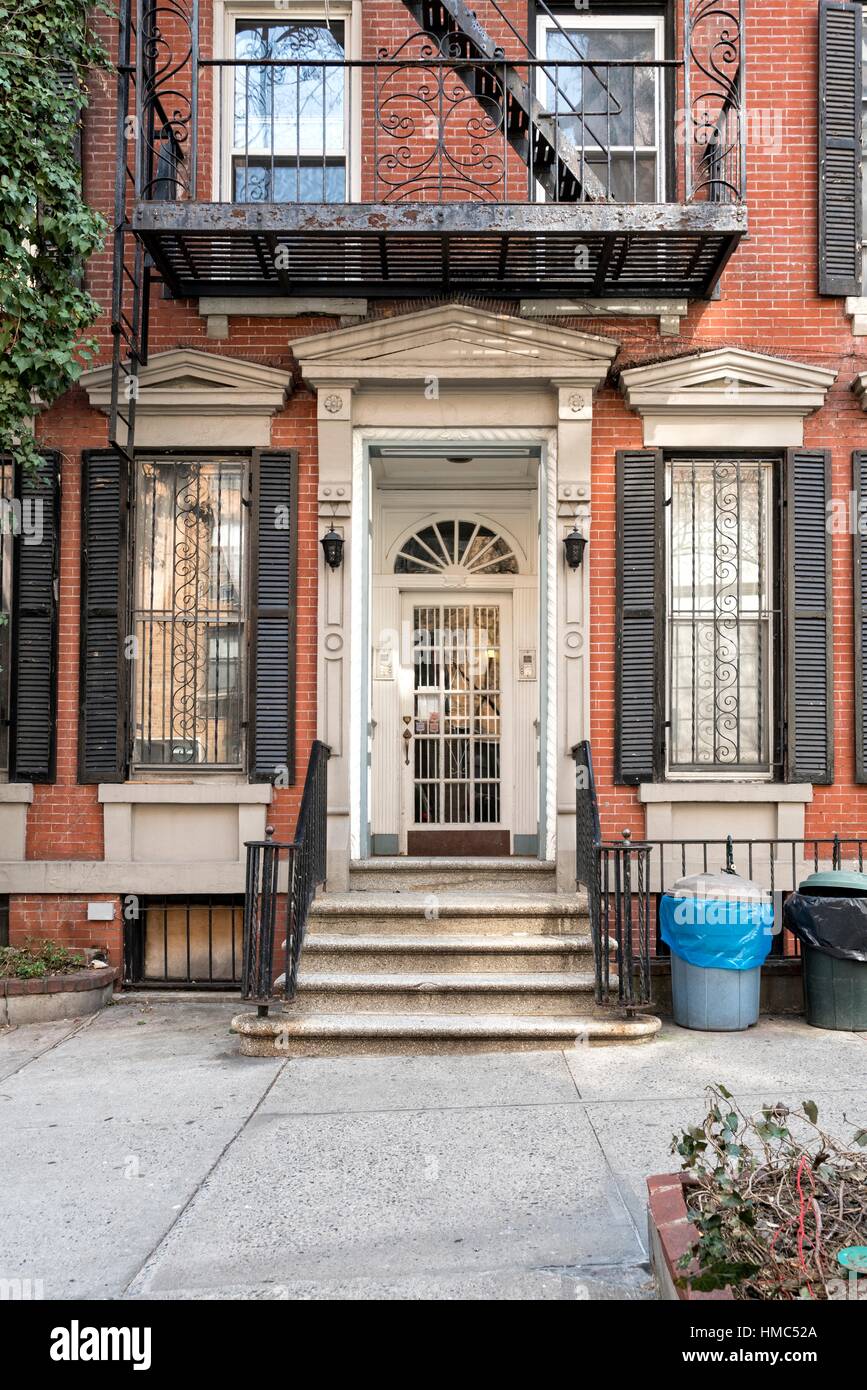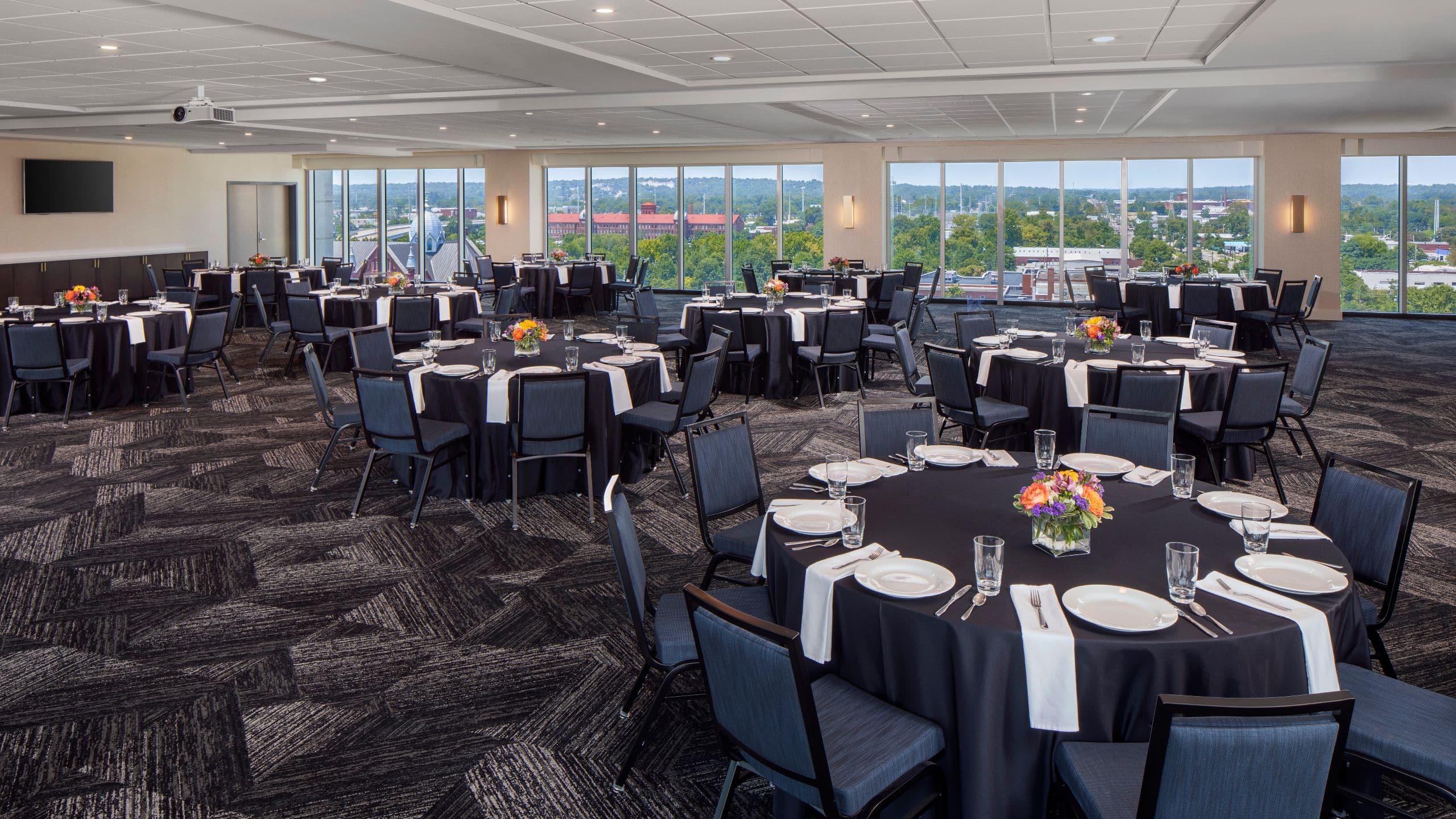Table Of Content

A typical chawl tenement consists of one all-purpose room, which functions both as a living and sleeping space, and a kitchen which also serves as a dining room. A frequent practice is for the kitchen to also serve as a bedroom for a newly married couple in order to give them some degree of privacy. The hard facts included in Riis’ book–such as the fact that 12 adults slept in a room some 13 feet across, and that the infant death rate in the tenements was as high as 1 in 10–stunned many in America and around the world and led to a renewed call for reform. Seeing America is funded by the Terra Foundation for American Art and the Alice L. Walton Foundation. Other 19th-century Black newspapers, such as Frederick Douglass’ Paper, The Colored American, and Freedom’s Journal, were also involved in developing the archive for this exhibit.
Tenement Design Evolves
Tenement Museum Virtual Tour using Photogrammetry - The Washington Post
Tenement Museum Virtual Tour using Photogrammetry.
Posted: Tue, 07 Dec 2021 08:00:00 GMT [source]
Further, the bill requires licensees to report to the Contractors State License Board’s (Board) registrar any felony convictions and any other convictions related to their work as a licensed contractor. The bill requires the Board to study results of certain claims for construction defects for rental residential units as part of a report to the Legislature containing other specified information. This bill also requires the Department of Industrial Relations’ Division of Occupational Safety and Health to transmit copies of its actions taken against a contractor to the Board. If the working group determines that one or more changes to the California Building Standards Code are needed as soon as possible in order to protect the public, the bill requires the working group to submit the recommended changes to the appropriate state agency or agencies for consideration as soon as possible.
Bayard Street Tenement: Temporary Housing
Many tenements in Glasgow were demolished in the 1960s and 1970s because of slum conditions, overcrowding and poor maintenance of the buildings. Perhaps the most striking case of this is seen in the Gorbals, where virtually all the tenements were demolished to make way for tower blocks, many of which have in turn have been demolished and replaced with newer structures. The Gorbals is an area of approximately 1 km2 and at one time had an estimated 90,000 people living in its tenements, leading to very poor living conditions. Two major studies of tenements were completed in the 1890s, and in 1901 city officials passed the Tenement House Law, which effectively outlawed the construction of new tenements on 25-foot lots and mandated improved sanitary conditions, fire escapes and access to light. Under the new law–which in contrast to past legislation would actually be enforced–pre-existing tenement structures were updated, and more than 200,000 new apartments were built over the next 15 years, supervised by city authorities. In many tenements, only the rooms on the street got any light, and the interior rooms had no ventilation (unless air shafts were built directly into the room).
A Chinese Family
Looking into nooks in both the kitchen and living room, one can see the peculiar wardrobe beds, which for families were often the sleeping quarters of children but, in the case of a single woman like Miss Toward, would have commonly gone to visitors. The Tenement Museum is a powerful public history example of the influence and impact of New York’s tenement housing. It has been a significant catalyst for researchers, who have produced a number of scholarly works and other publications including the museum’s own newspaper, The Tenement Times. The magpie habits and decorative restraint of Toward have had remarkable consequences.
Always cuboid, the stucco boxes usually contain six to twelve apartments per building. Most dingbats are covered in stucco, sometimes along with other materials like vertical wooden clapboard, concrete blocks or river rock. The stilts that support the cantilevered portion of the building are generally made of metal or stucco-covered wood. From a structural engineering perspective, the "tuck-under parking" arrangement may create a soft story if the residential levels are supported on slender columns without many shear walls in the parking level.[5] Soft story buildings can collapse during an earthquake.
Photographs documenting the New York City Housing Authority’s Slum Clearance Program
ICC worked through the 1990s creating new codes through a consensus process. Several technical committees worked to blend the best of the three codes into one. The 2000 Edition of the International Building Code and International Residential Code, were the first published and available but were not adopted in California. AB 717 (Chapter 623, Statutes of 1995) added into State Building Standards Law specific certification, training and continuing education requirements for construction inspectors, plans examiners and building officials who are employed by a local agency in a temporary or permanent capacity.
Butler cautioned Black Americans to consider universal suffrage for Black men as just one step in a much broader project of attaining civil liberties and equality for Black people in the United States. Pairing these two sources complicates Reconstruction in critical ways for our visitors. For “Union of Hope,” we used two newspaper articles focusing on Black New Yorkers’ responses to the passage of the 15th Amendment in the mainstream press. An article published by the Commercial Advertiser in May 1870 mentions the celebration held among Black residents of the Eighth Ward after the passage of the 15th Amendment. The excitement of newly enfranchised Black men and their community exudes from the page of the Commercial Advertiser. The strategy of respectability that Black newspaper editors engaged in was informed by the mainstream press’s hyperfocus and sensationalist reporting of news involving Black people.

Tenement Housing
AB 2553 (Ting, Chapter 147, Statutes of 2020) Emergency Housing Ordinances—Filing. Current law, upon a declaration of a shelter crisis by specified local jurisdictions, specifies additional provisions applicable to a shelter crisis declared by one of those jurisdictions. This bill applies those additional provisions to a shelter crisis declared by any county or city.
Photographs taken by New York City Tenement House Department inspectors in the 1930s
For decades before Riis published his book, the City of New York had attempted to fix the blighted conditions of its tenements. This Act required fire escapes for each residential unit, and at least one window for every room. Pierce’s map of nationalities, however, is a more memorable, if confounding, centerpiece.
After the New Law, the 1901 Tenement Housing Act (aka “New Law”), tenements needed reasonable open space on the lot to allow air and light inside the building and access this light and air via windows from each unit. The New Law tightened safety measures in tenement design, maintenance standards, and safety regulations than its predecessors. This concerned landlords and property owners, who rushed to build their Old Law style buildings before the New Law went into effect. There was a rush of Old Law tenements constructed in haste, making 1901 a remarkably busy year for tenement construction.
Riis’ photographs are part of a larger reform effort undertaken during the Progressive Era, that sought to address the problems of rapid industrialization and urbanization. Progressives worked under the premise that if one studies and documents a problem and proposes and tests solutions, difficulties can ultimately be solved, improving the welfare of society as a whole. Progressives like Riis, Lewis Hine, and Jessie Tarbox Beals pioneered the tradition of documentary photography, using the tool to record and publicize working and housing conditions and a renewed call for reform.
In 1937, approximately 165,000 families were living in buildings without functional indoor facilities. Despite the dilapidation of the outhouses, they continued to be the only reasonable option for the people living in older tenement complexes, despite indoor toilets being a common household item in areas with sewer lines like New York City. The Tenement Museum tells the stories of working-class tenement residents, who moved to New York City from other countries and other parts of the country. Their work helped build the city and nation, and their stories help us understand our history. The museum shares these stories through guided tours of recreated tenement apartments, neighborhood walking tours, and virtual tours and programs.


















